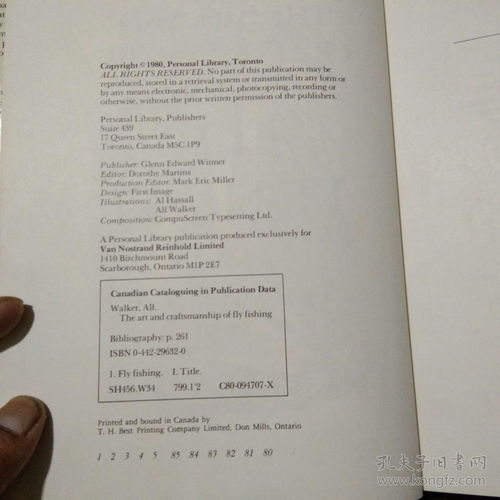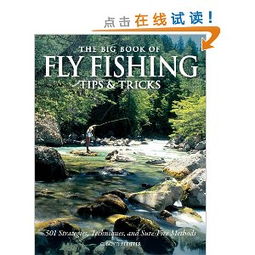Content:
Introduction: Fly fishing, an ancient art form that has stood the test of time, requires not only a keen eye and a patient spirit but also the right equipment. One of the most crucial pieces of equipment in a fly fisherman's arsenal is the baitcasting rod. Known for its power and precision, the baitcasting rod is a favorite among anglers for its ability to cast heavy flies over long distances. In this article, we will delve into the world of baitcasting rods and guide you through the process of building your very own.
Understanding Baitcasting Rods: Before we dive into the construction process, it's important to understand the basics of baitcasting rods. These rods are designed to cast heavier lures and flies, which require more power and control. They typically feature a longer length, ranging from 6 to 10 feet, and are made from materials such as graphite, fiberglass, or a combination of both. The blank, or the hollow tube of the rod, is the backbone of the rod and is where the magic happens.
Selecting the Right Materials: Building a baitcasting rod is a labor of love, and choosing the right materials is crucial to the success of your project. Here are some key components you'll need:
Rod Blank: The choice of rod blank will determine the power and action of your rod. Graphite blanks are lightweight and offer excellent sensitivity, while fiberglass blanks provide more flexibility and durability. Consider your fishing style and preferences when selecting the blank.
Guides: Guides are the rings that run along the length of the rod and help guide the line through the rod. There are various types of guides, including single foot, half wells, and full wells. The number and type of guides will depend on the rod's length and the type of fishing you plan to do.
Reel Seat: The reel seat is where the reel will be mounted on the rod. It should be securely attached to the blank and provide a comfortable grip for your hand. There are different materials for reel seats, including plastic, aluminum, and composites.
Handle: The handle is the part of the rod you hold, and it should be comfortable and ergonomic. You can choose from various materials, including cork, foam, or wood, and can even customize the shape and size to fit your hand.
Tips and Tapers: The tip and taper of the rod are crucial for casting and accuracy. The tip is the part of the rod that bends when you cast, and the taper determines how much the rod loads and releases the line. A good rule of thumb is to have a fast taper for shorter casts and a slow taper for longer casts.

Step-by-Step Construction Guide:
Cut the Rod Blank: Start by cutting the rod blank to the desired length. This can be done using a saw or a rod blank cutting tool. Ensure that the blank is straight and free of any defects.
Attach the Guides: Apply a small amount of heat to the blank to make it more pliable. Slide the guides onto the blank, ensuring they are evenly spaced and aligned. Use heat to set the guides in place.
Mount the Reel Seat: Apply heat to the reel seat area of the blank. Slide the reel seat onto the blank and secure it with a nut and washer. Tighten the nut to ensure the seat is firmly attached.
Attach the Handle: Repeat the heating process to attach the handle. Slide the handle onto the blank and secure it with a ferrule or glue, depending on the material.
Apply Epoxy: Apply a layer of epoxy to the blank, starting from the tip and working your way down to the handle. This will provide a protective layer and help to reinforce the rod.
Cure the Epoxy: Allow the epoxy to cure according to the manufacturer's instructions. This may take several hours or even days, depending on the type of epoxy used.
Final Touches: Once the epoxy has cured, sand the rod to smooth out any rough edges. Apply a coat of varnish or finish to protect the rod and give it a professional look.
Conclusion: Building your own baitcasting rod is a rewarding experience that allows you to tailor the rod to your specific needs and preferences. By following these steps and selecting the right materials, you'll be well on your way to crafting a piece of fishing equipment that will serve you well for years to come. Happy fishing!












